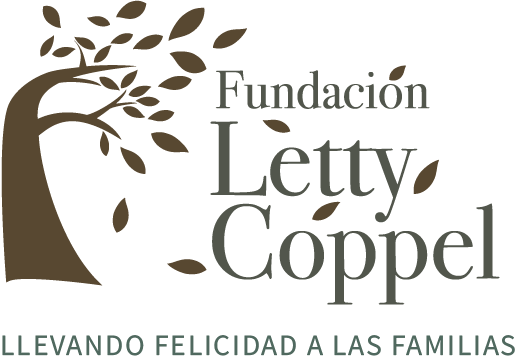Culture and the promotion of traditions are the basis for the construction of a more just, equitable, participatory and full society. The Letty Coppel Foundation has carried out actions to strengthen both.
From support to cultural programs and the defense of historical heritage to the protection and conservation of endemic species, the Letty Coppel Foundation has been a watershed for the promotion of these activities in the tourist destinations of Mazatlan and Los Cabos.
Promoting and rescuing our culture, traditions, as well as raising awareness about the main problems that affect our community has been a priority for the Letty Coppel Foundation, since its inception.
Concerned about the future
The Marine Turtle Protection and Conservation Program, which began in 2000, aims to involve the community in protection and awareness activities regarding the care of this endangered species, which nests in the area of Los Cabos and Mazatlan. These programs are based on a series of information activities on the importance of the conservation of these endangered species worldwide.
In 2003, the Hotel Network for the Protection of Sea Turtles was integrated into the Municipality of Los Cabos; with volunteers to form the Participatory Surveillance Committee, coordinated and supervised by the City of Los Cabos and PROFEPA. Patrolling for the care of spawning, as well as the protection of nests and their releases have been vital for the survival of this species, with the support of the entire community involved.
Rescuing history
In Cabo San Lucas, the Faro Viejo has been an icon in the history of the city. Located on a sandy dune top where the geographical boundary of two coasts of the Baja California Peninsula was marked; the Pacific Ocean and the Gulf of California, also known to sailors as “False Cape” (since it was once thought to be the southern point of the peninsula or also because it seemed that by bending that cape one would enter the bay of Cabo San Lucas, when in fact it had to sail towards the east); It was built with a demure sample of neoclassical style, influenced by the Industrial Revolution, the inclusion of steel in different parts of the building, as well as materials from stone streams moved on lime-sand stencil and red wall annealing in walls; all this to be able to support the own weight, the alive and dead loads of the slab and to the inevitable exhibition of the constant inclemencies of the climate that threatened this area annually. The Old Lighthouse with time, gave origin to a new very singular class of public servants (lighthouse keepers) in the peninsula, true martyrs to the service of the international navigation, since the distance to the nearest postal place was of 8kms of Cabo San Lucas.
Given the deterioration due to pass of the time, weather, disuse and abandonment; Grupo Pueblo Bonito has started with its own resources its rescue and rehabilitation, once rebuilt and finished it will be the Museum of the Old Lighthouse, dedicated to extolling the importance of maritime navigation of which the lighthouse has been a guide and historically guardian and will show the visiting public artifacts alluding to navigation through the seas, as well as a lounge of old maps of the Californias and temporary and permanent artistic exhibitions.
Some years ago, in the city of Mazatlán, the Casa Machado Museum, through a permanent exhibition, aimed to promote and maintain the Mazatlan culture showing the way of life of the Mazatlan families at the end of the 19th century. Inside one of its rooms you could see a compilation of one of the most important traditions of the city, such as the Mazatlan Carnival. Nowadays, Casa Machado is home to one of the most emblematic restaurants of the destination – Casa 46-, where pieces that reflect the Mazatlecan architectural style are still preserved, as well as the carnival tradition represented in the Salón de las Reinas.





